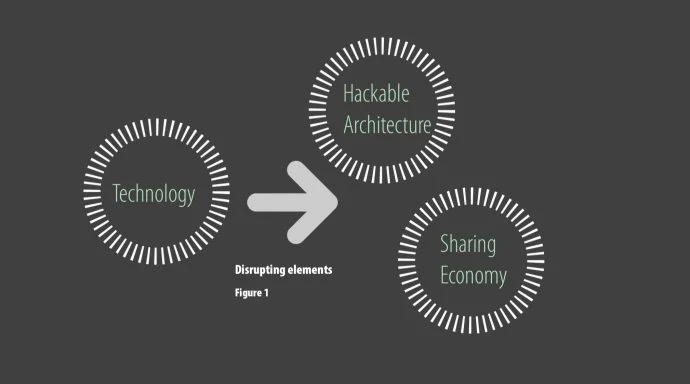An Odd Title for an Article on Workplace Design
An odd and perplexing title for an article on workplace design, but one that I believe helps define the current and future business landscape in which we as workplace designers and strategists find ourselves. As many of you may remember, Chicken Little was always going around bemoaning and warning of impending doom and because it never happened, at least not until the end, he was ignored, and a potentially perilous situation occurred.
Deviance Theory is the sociological equivalent of Chicken Little’s tale. The theory is based on the notion that predictable disasters are often ignored due to group thinking and culture. The longer these predictable disasters or disruptions do not occur, the more one becomes desensitized to its ever-present danger. When this occurs and creating solutions isn’t prioritized, the deviance becomes the norm and the predictable disasters eventually occur. Strong project managers use Deviance Theory to uncover potential or impending problems in construction and project management systems. The classic case of Deviance Theory was chronicled by Diane Vaughan, a professor of sociology at the University of Chicago, in her book “The Challenger Launch Decision: Risky Technology, Culture, and Deviance at NASA“. Professor Vaughan outlines how the Challenger disaster was predictable. She examines the very real possibility that the O Ring failure (the shuttle’s component that resulted in the fatal explosion) along with its catastrophic implications, was known to the NASA engineers and their consulting engineers. The culture at NASA referenced in the title refers to an organizational environment that existed where dangers were known, but because the longer-term consequences did not develop, a false sense of safety continued, ultimately leading to a horrendous disaster that could have been avoided if a different culture existed.
As a profession, we develop workplace strategies and design solutions to help our clients face the unpredictable challenges and disruptions within their industries. However, we fail to see or acknowledge those very same disruptions in our own industry. Subsequently, we continue business models that face the same risks and need for change as our clients’ industries. Every time a recession hits and impacts design organizations, conversations increase around the need for different business models to ward off the disastrous repercussions of staff layoffs in the future. The economy returns to some semblance of normalcy, and we fall back within our comfort zones, thereby avoiding the difficulties of change.
Of more concern to the profession than the results from continued economic downturns is the impending industry disruptions. These disruptions result from the very same forces that are disrupting our clients’ industries, mostly centered on the sharing economy and technology. One key example is the automobile industry. Formerly positioned as manufacturing companies, now they view themselves as mobility organizations – moving from a model of manufacturing to one of technology. Likewise, financial institutions find their services gradually eroding to technology companies, from start-ups to Apple and Amazon. Change is imperative for our clients, but like Chicken Little, a culture of deviance exists within the design profession (including both the furniture and real estate industries’ supporting the design enterprise). The longer we ignore these disruptors, the more likely we’ll be pushed out of the equation completely.
The Past: When Architects and Designers Ruled
This is not the first time that our industry has been faced with changes, though the challenges discussed here have far greater consequences than those of previous disruptions. I am old enough to remember a time when our profession was all encompassing in terms of the services we provided and compensation. We offered a range of services that included not only programming but process analysis, design, design documentation and project management that went beyond managing our design teams. Our profession failed to successfully manage the project delivery process, and more importantly, we failed to make the business case to our clients that we were more than capable of doing so. Because of this, the project management industry was born, thereby eliminating a once important role of the design consultant. We completely ignored the danger which resulted in a diminished role of engagement with our clients.

